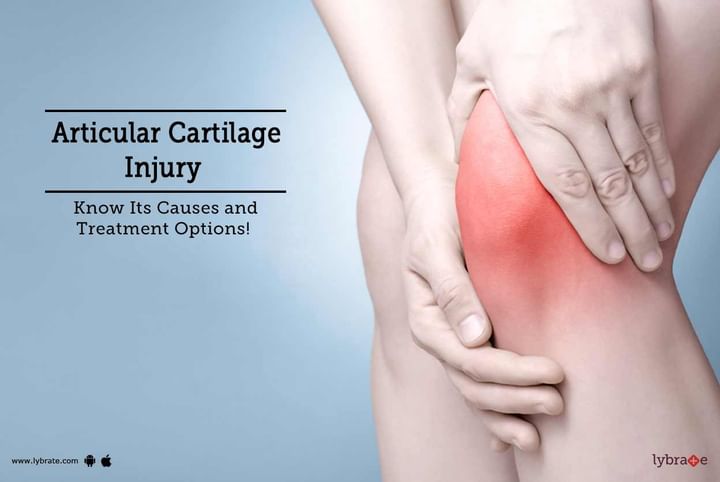Articular Cartilage Injury - Know Its Causes and Treatment Options!
What is Articular Cartilage Injury?
Cartilage is an important structural unit of the body. It is present in places like the joints, the spine, the end of ribs, in the bronchial tubes, and the ear and the nose. Cartilages are firm, but flexible tissues. There are many types of cartilages found in the body. Among them articular cartilages are the ones that are present on the surface of the bones. As the name suggests articular cartilages exist to render articulation to the bones and retain their lubrication. Complexities arise when these cartilages are damaged, behind which many causes can play an active role. For example, a sport injury can damage the cartilages around the knees. Other causes include the twisting of the Anterior cruciate ligament and a progressive knee injury. Articular Cartilage Injury can also be an isolated event.
Since there are no blood vessels in the cartilages, it takes quite long for them to heal. Symptoms Pain and inflammation of the knee Locking of the knee Generation of noises when the knee is moved
Treatment
The best treatment option for damaged cartilages is RICE therapy if the injury is not too severe. rice can be broken down into Rest, Ice, Compression and Elevation.
- Rest: One needs to rest the affected area in order to prevent further injury. However, Rest does not indicate complete immobility. One needs to put as much strain as is within one’s capacity.
- Ice: Ice must be applied on the affected area every 15 minutes following injury for at least 48 hours. Ice works as a vasoconstrictor, as well as a pain reliever.
- Compression: The next step is wrapping a bandage around the affected area. But it is to be remembered that the compression must not be too tight. Compression reduces inflammation and it also safeguards the joint from injury. Professional help might be sought to properly bandage the area.
- Elevation: After the area has been bound well, the leg has to be raised to prevent the fluid from accumulating in the affected area. The leg must remain in that position for as long as the doctor recommends.
- Ibuprofen or pain killers might be prescribed to the patient.
For severe cases, interventional methods like osteochondritis dissecans surgery might be attempted. The objective of this surgery is to attach the detached fragment. Another surgery that works to restore the damaged cartilage is marrow stem cell transplant whereby the stem cell is implanted in the cartilage defect. Multiple arthroscopic modalities of treatment are now available for cartilage repair which are customised according to the specific condition.



+1.svg)
